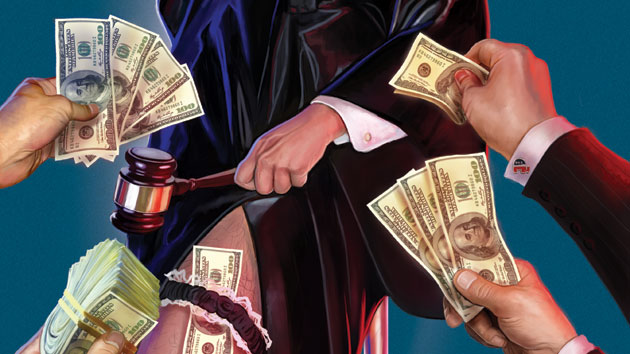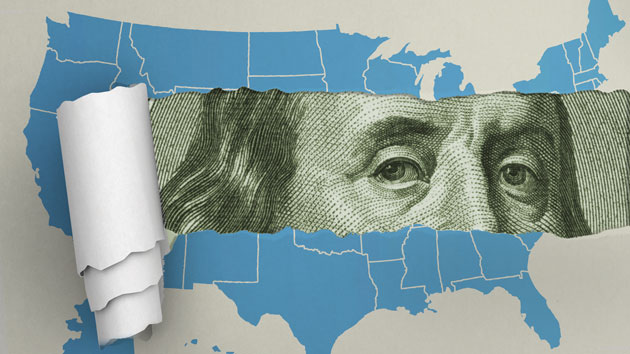Most people don’t think about judicial elections until they find themselves staring at a group of unfamiliar names on the ballot. But judges are selected by voters in 39 states, whether in an initial election or a retention election after being appointed. The explainer below details how special-interest money has increasingly flooded the system over the last several decades—including the first ever set of data on campaign money in lower court races.
Mag Promo
Bold. Brave. Beautiful.
Award-winning photojournalism.
Stunning video. Fearless conversations.
Looking for news you can trust?
Subscribe to the Mother Jones Daily to have our top stories delivered directly to your inbox.
Close
Thank you for subscribing!
By signing up, you agree to our privacy policy and terms of use, and to receive messages from Mother Jones and our partners.
















